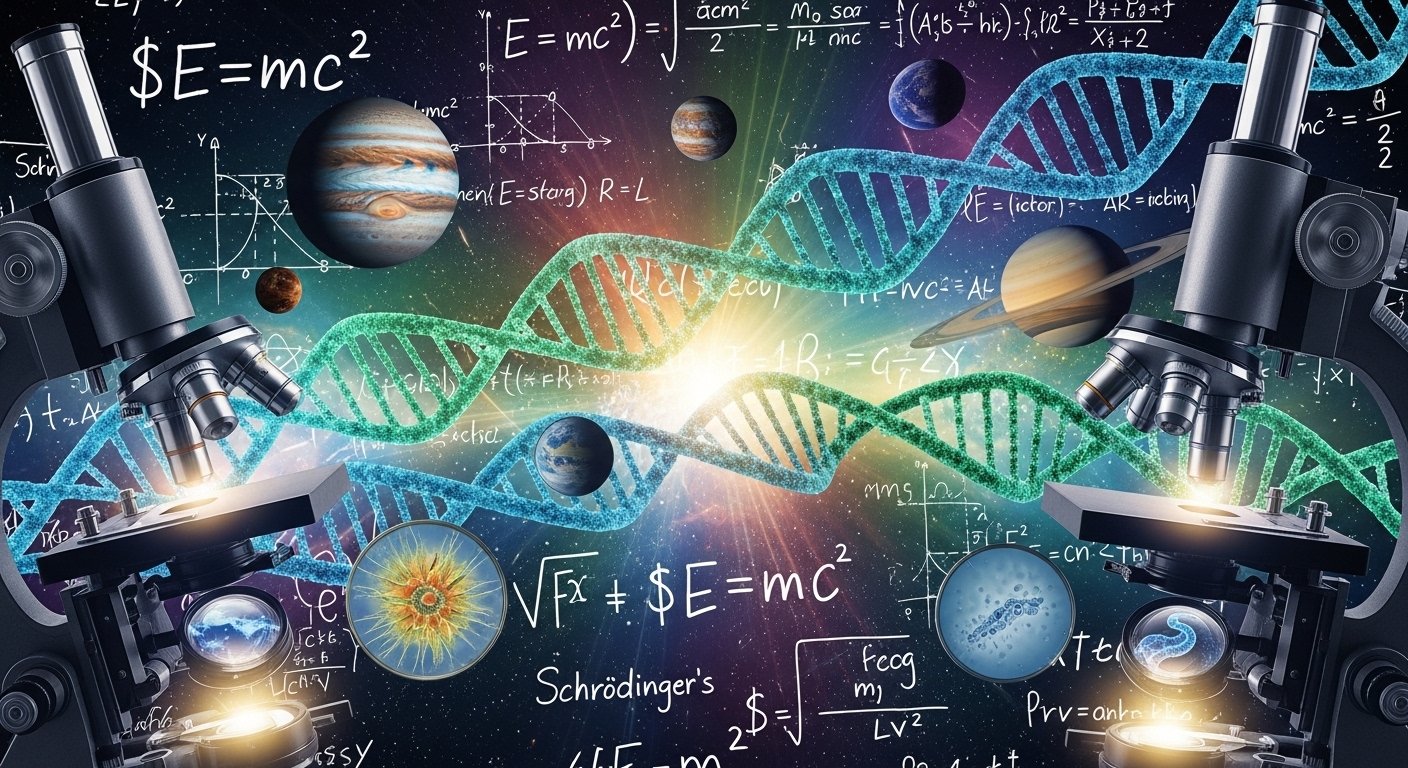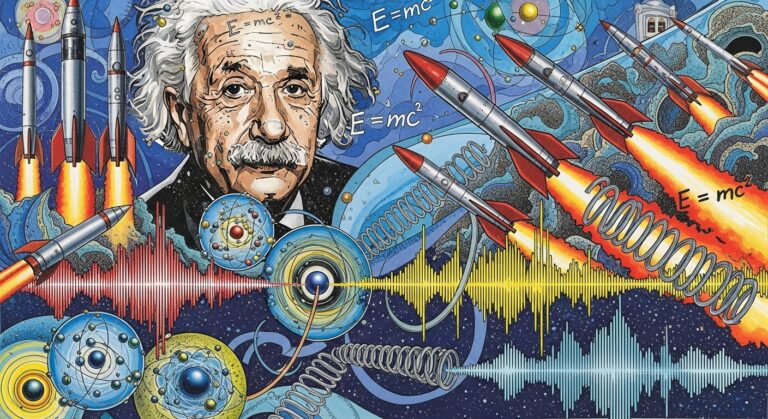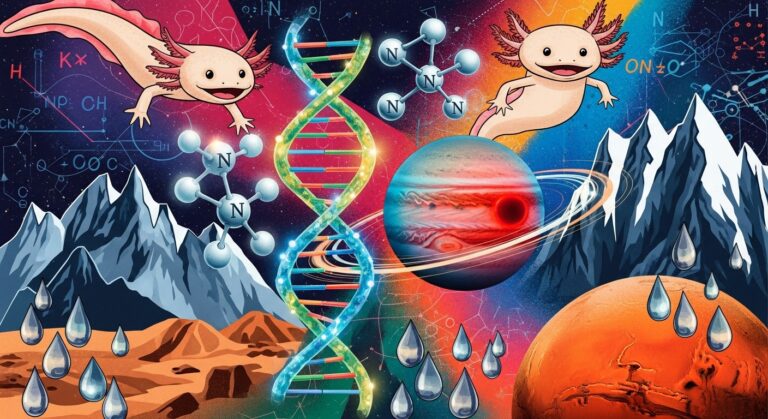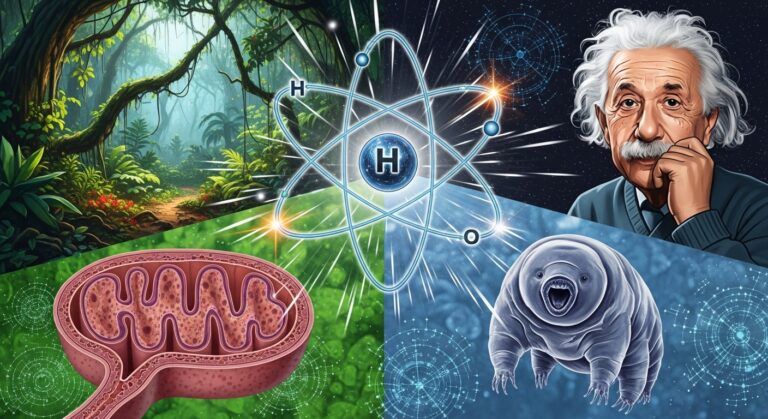Smart Science Quiz for Learners and Thinkers
A smart science quiz is more than a simple test of facts—it is a pathway toward deeper understanding, critical thinking, and curiosity. Science is a constantly evolving field, and the more you learn, the more you realize how vast and interconnected everything is.
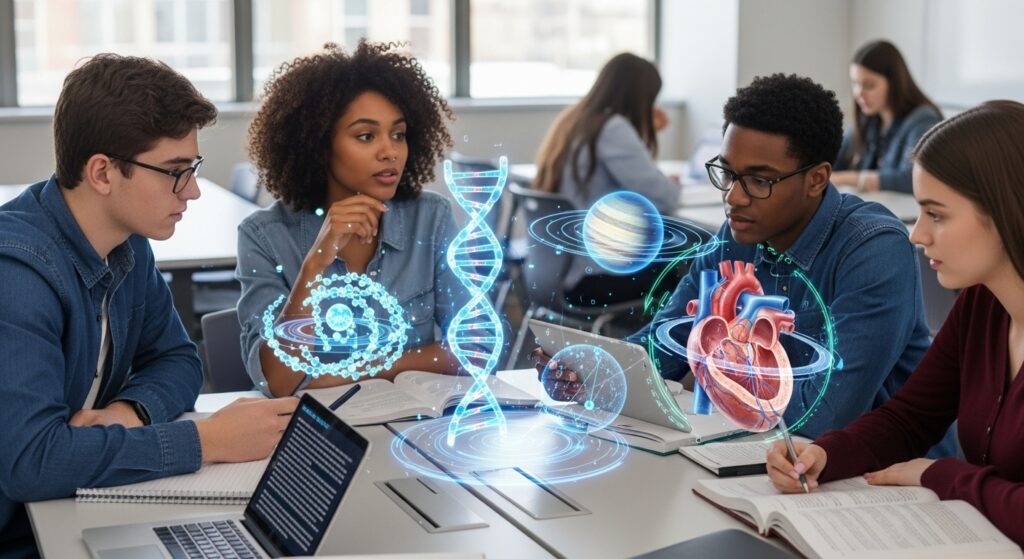
This quiz is designed for learners and thinkers who enjoy challenging their minds and discovering the logic behind natural phenomena. Whether you are a student, a hobby learner, or simply someone fascinated by the world, this quiz will allow you to explore physics, biology, chemistry, energy, and human anatomy in a way that feels natural, fluid, and enjoyable.
The Invisible Power of Gravity
Gravity is one of the most fundamental forces in the universe. It is responsible for keeping planets in orbit, shaping galaxies, and determining how objects fall on Earth. But gravity is more than “what keeps us on the ground”—it governs the motion of celestial bodies, tides in the ocean, and even the behavior of light near massive objects. Isaac Newton and Albert Einstein contributed immensely to our understanding of gravity. Newton described gravity as a force between masses, while Einstein explained it through the curvature of spacetime. Today, NASA and ESA continue studying gravitational interactions using satellites and deep-space probes (https://www.nasa.gov).
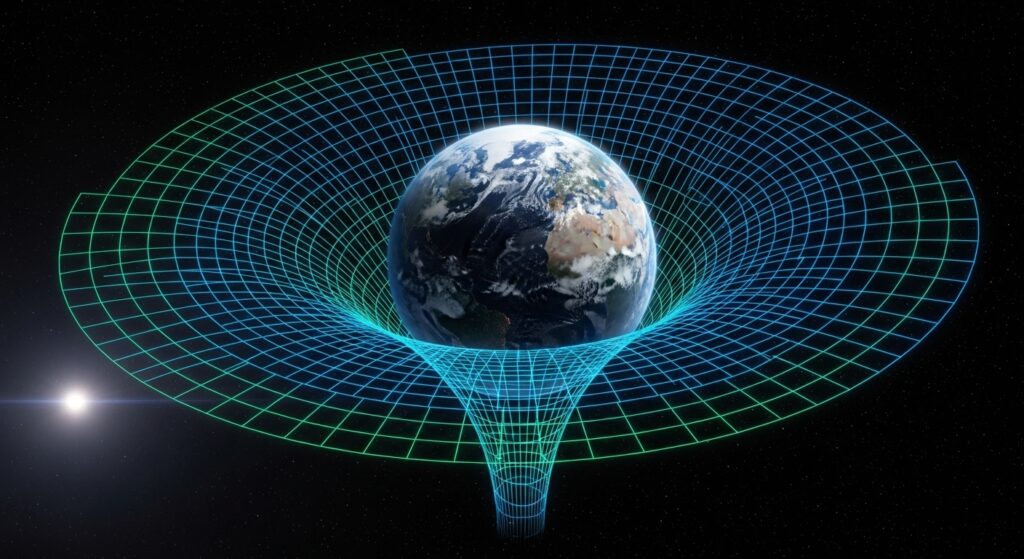
Inside the Living Cell: The Nucleus and DNA
Every living organism is built from cells, and within each cell lies the nucleus—the command center that stores DNA. DNA is the blueprint that determines how organisms grow, develop, and function. The structure of DNA was famously discovered by James Watson and Francis Crick, building on Rosalind Franklin’s groundbreaking X-ray diffraction images. Understanding genetic information has led to revolutionary advances in medicine, biotechnology, and evolutionary biology. Resources like https://www.britannica.com provide detailed breakdowns of cell structures and molecular functions.
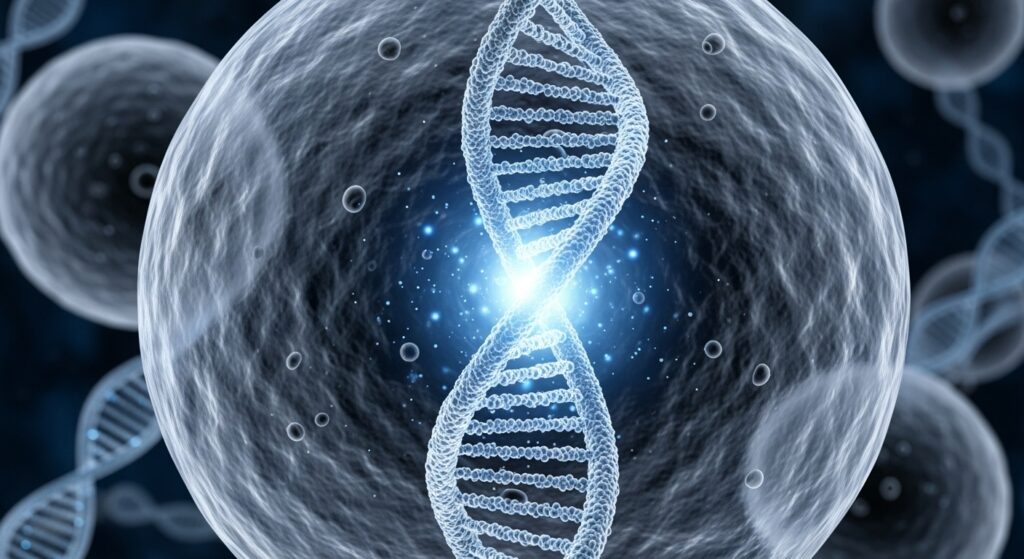
The Atmosphere: A Protective Blanket
Earth’s atmosphere is composed mainly of nitrogen (about 78%), with oxygen making up around 21%. This delicate composition supports life, shields us from harmful radiation, and keeps the planet warm enough for liquid water. Without our atmosphere, Earth would be a frozen, lifeless world similar to Mars. Atmospheric science plays a critical role in modern climate research, weather prediction, and environmental protection. Global institutions like NOAA (https://www.noaa.gov) study atmospheric data to understand storms, ozone levels, and global warming trends.
Chemical Energy: The Force Inside Molecules
Chemical energy is stored in the bonds of molecules. When these bonds break or form, energy is released or absorbed. This concept explains how your body uses carbohydrates, how gasoline powers cars, and how batteries store electricity. Every biological process, from muscle movement to neuron firing, relies on chemical reactions. The quiz question about chemical energy helps learners understand how fundamental this concept is to daily life and modern technology.

The Body’s Defense System: How White Blood Cells Protect You
White blood cells are your body’s internal army. They identify and destroy harmful viruses, bacteria, and parasites. There are multiple types of white blood cells, including neutrophils, lymphocytes, monocytes, eosinophils, and basophils. Each plays a specific role in immunity—from recognizing invaders to producing antibodies and engulfing pathogens. Modern medicine and immunology rely heavily on understanding these cells, especially in treating infections, autoimmune diseases, and cancer.

Renewable Energy: A Future of Sustainability
Wind energy, solar panels, hydroelectric dams, and geothermal systems are leading examples of renewable energy sources. Unlike fossil fuels, renewables do not deplete over time and produce very little pollution. The shift toward renewable energy is essential for combating climate change and reducing global greenhouse gas emissions. Wind energy, highlighted in the quiz, is one of the fastest-growing energy sectors worldwide. Understanding renewable resources helps students appreciate modern environmental science and engineering.

The Speed of Light: A Universal Constant
Light travels at approximately 300,000 kilometers per second in a vacuum. This speed is not just a physical measurement—it is a fundamental constant that defines space, time, and causality. It shapes how we observe distant galaxies, communicate with satellites, and understand the behavior of particles. Einstein’s theory of relativity depends heavily on the speed of light. When astronomers observe stars millions of light-years away, they are seeing them as they were long ago.
The Human Brain: Coordination and Balance
The cerebellum, located at the back of the brain, controls coordination, balance, and fine motor movements. Without it, simple tasks like walking, writing, or standing upright would be nearly impossible. The cerebellum works with the cerebrum and brainstem to ensure the body moves smoothly and accurately. Neuroscience continues to uncover how neurons communicate through electrical and chemical signals, enabling complex tasks like speech, memory, and problem-solving.
Photosynthesis: Life Powered by Light
Plants absorb carbon dioxide and release oxygen through photosynthesis—a chemical reaction driven by sunlight. This process not only sustains plant life but also supports nearly all ecosystems on Earth. Without photosynthesis, there would be no breathable oxygen and no food chains. Even the fossil fuels we burn today came from ancient plants that once converted sunlight into stored chemical energy.

The Genius of Isaac Newton
Isaac Newton’s laws of motion laid the foundation for classical physics. His first law describes inertia, the second explains how force relates to mass and acceleration, and the third outlines action and reaction. These laws are still used today to analyze everything from moving cars to orbiting satellites. Newton’s discoveries revolutionized science and remain essential in engineering, mechanics, and astronomy.


